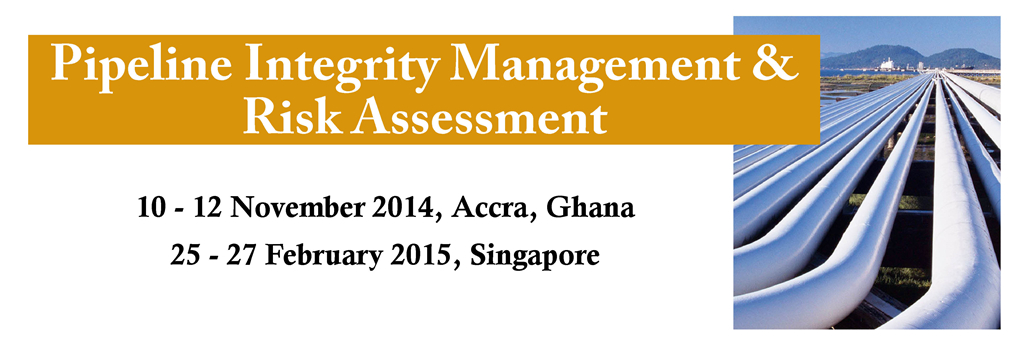Training Day Three
Pipeline Inspection
The in-line pipeline inspection technologies that are available to detect the defects found in pipelines will be reviewed in this module. The module will include:
· API Standard 1163: In Line Inspection Systems
· Key terms and definitions
· Systems qualification process
· In Line inspection system selection
· Magnetic Flux Leakage tools (including MagneScan, TranScan and Elastic Wave)
· Ultrasonic tools (including UltraScanWM, UltraScan CD, EMAT)
· Caliper vehicles (including CalScan)
· Pipeline location vehicles (including ScoutScan)
· Direct assessment procedures and methodologies
· Above ground survey techniques (CIPS, DCVG etc.)
· Identify new technologies and applications
Defect Assessment Methods
This module will review, and illustrate with practical worked examples, the assessment methods which are applicable each of the different pipeline defects and will include:
· Corrosion assessment methods (Ref. ASME B31.G, RStreng,)
· Methods to assess manufacturing metal loss defects
· Methods to assess dents
· Methods to assess gouges and dent/gouge combinations
· Using inspection data to carry out integrity assessments
Reporting and Performance Measurement
This module draws the course together and will provide information on how data collected during the process is integrated back into the management system.
Recap of training and final Q&A session
The training session will be interactive and spread with some in class calculations to bring home the points.
Participants are encouraged to interact and ask questions and clarifications during and at the end of the training sessions. They can also ask questions to expert trainer any final burning questions.
There are no bad questions in the world and any question you have is very likely what someone else in the training course also wants to ask. Participants are encouraged to take full advantage of this interactive Q&A session and get practical ideas for solving your pipeline integrity management problems!

